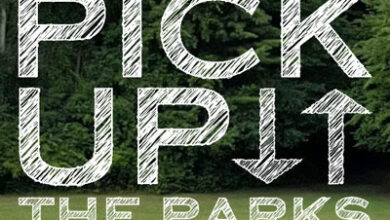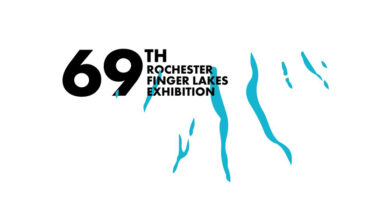Bergen Swamp provides a learning environment
by Kristina Gabalski
 Students at Byron-Bergen (as well as Brockport and Batavia high schools) are taking advantage of the educational and community service opportunities the Bergen Swamp provides.
Students at Byron-Bergen (as well as Brockport and Batavia high schools) are taking advantage of the educational and community service opportunities the Bergen Swamp provides.
Byron-Bergen Jr./Sr. High School science teacher Steve Locke says students have the opportunity to volunteer in work parties of approximately two to eight students on weekends to help maintain and construct trails in the Swamp – which require constant upkeep because of the decay and sinking that is inherent to a wetland.
Most students volunteer as part of the community service requirement through either their Participation in Government class or the school’s National Honor Society chapter, Locke says, but there are those who simply enjoy the experience.
“These students are attending for the fun of it,” he notes.
Locke is also president of the Bergen Swamp Preservation Society which owns nearly 3,000 acres of land in five wetland properties in upstate New York. The Society works to preserve and protect the native flora and fauna indigenous to these locations.
He explains the Society is fussy about how the trails are built and maintained.
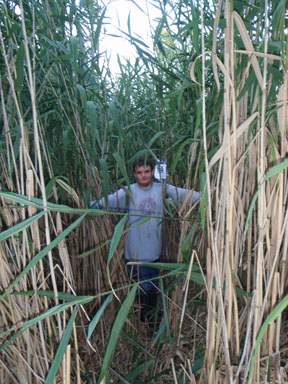 “We want to minimize the impact on native plants,” Locke says.
“We want to minimize the impact on native plants,” Locke says.
Bridges and foot paths are elevated and are constructed of materials found on site.
“We harvest dead trees,” Locke explains. “All motorized vehicles are prohibited on Society properties. Trail maintenance is labor intensive – for example, we hand carry all tools and lumber to each site.”
Portable sawmills are used, and in the winter, milling of lumber is completed for trail cording – logs laid end-to-end to form trails.
The Society also has “a strong commitment to education,” Locke explains.
Students – including high school, college and graduate students – engage in research, observation and various science projects on-site. High school projects are submitted to regional and national science competitions, Locke says, and some have made it all the way to the semi-finalist round.
Additionally, Locke says, 11 Eagle Scout projects have been completed in the swamp over the last 10 years.
In April, Byron-Bergen sophomore Jordan Coffta was nominated as student trustee of the Society.
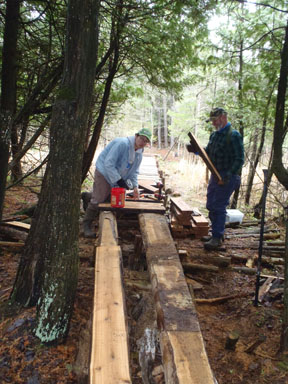 According to Locke, Coffta will be trained in botany, zoology, and how to recognize the swamp’s unique biomes. Coffta will also serve as a tour guide and will learn about the Society’s four other properties.
According to Locke, Coffta will be trained in botany, zoology, and how to recognize the swamp’s unique biomes. Coffta will also serve as a tour guide and will learn about the Society’s four other properties.
He can serve as a student trustee until he is 18, when he can become a full trustee with voting rights. As a student trustee, Coffta cannot vote on motions, but can attend meetings and discuss proposals.
He is the third student trustee from Byron-Bergen – a 2007 graduate and a 2012 graduate are also trustees.
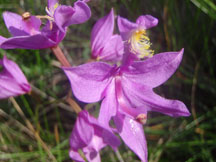 The Bergen Swamp Preservation Society was formed in 1935, when Mary Slifer of Rochester “called a meeting in her kitchen of her garden club members,” Locke says. She wanted to initiate a conservation project for the club and having visited the Bergen Swamp, wanted to focus on preserving the area from state and federal government encroachment on the rich diversity of plants in the swamp.
The Bergen Swamp Preservation Society was formed in 1935, when Mary Slifer of Rochester “called a meeting in her kitchen of her garden club members,” Locke says. She wanted to initiate a conservation project for the club and having visited the Bergen Swamp, wanted to focus on preserving the area from state and federal government encroachment on the rich diversity of plants in the swamp.
In neighboring Elba, the Tonawanda Swamp had been drained for agricultural use, an event referred to as a “scientific calamity,” by William Alexander of the Buffalo Museum of Science. The Iroquois Wildlife Refuge had also been flooded for geese, Locke notes.
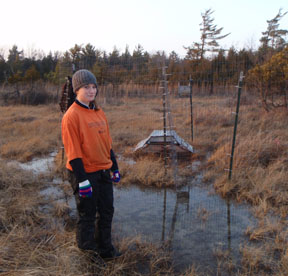 Locke says the formation of the Society helped to develop the concept of an ecological land trust. The Society purchased land in the Bergen Swamp to “forever preserve and protect native plants … with an emphasis on education.
Locke says the formation of the Society helped to develop the concept of an ecological land trust. The Society purchased land in the Bergen Swamp to “forever preserve and protect native plants … with an emphasis on education.
The Nature Conservancy was inspired by the Bergen Swamp Preservation Society,” he says.
The organization remains all volunteer and in the 1960s became the first property named on the National Park Service’s list of National Natural Landmarks.
“It‘s more than a unique place,” Locke says of the Bergen Swamp. “It shows what one person at a kitchen table can do; (the Society) has changed the park system to be more ecologically sensitive,” Locke says.
He notes the species diversity in the Bergen Swamp is remarkable.” Per square meter, it’s greater than in a tropical rain forest.”
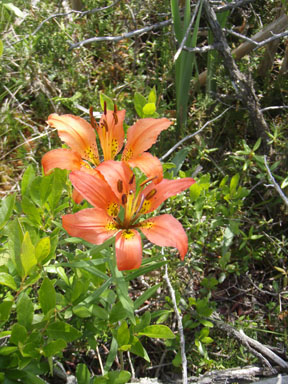 Just three years ago, a high school student working on a science project discovered a new native orchid variety – bringing the total number of varieties in the swamp to 39, Locke says. “There are rare plants and animals in the swamp found no other place in New York State.”
Just three years ago, a high school student working on a science project discovered a new native orchid variety – bringing the total number of varieties in the swamp to 39, Locke says. “There are rare plants and animals in the swamp found no other place in New York State.”
The swamp is also a uniquely clean environment, where ground water springs flow to the surface and travel as a sheet over the swamp north to Black Creek, Locke explains.
Personally, Locke is particularly drawn to the native flowering plants.
“My favorite thing is to go in and look at flowers and photograph them – to see what’s blooming. Many people share that passion,” he says.
To find out more about the Bergen Swamp Preservation Society and about visiting the swamp, visit the Society’s website at www.bergenswamp.org.
Note: Bergen Swamp is located at 6646 Hessenthaler Road, Byron, NY 14422, (585) 548-7304. Visit www.bergenswamp.org.


